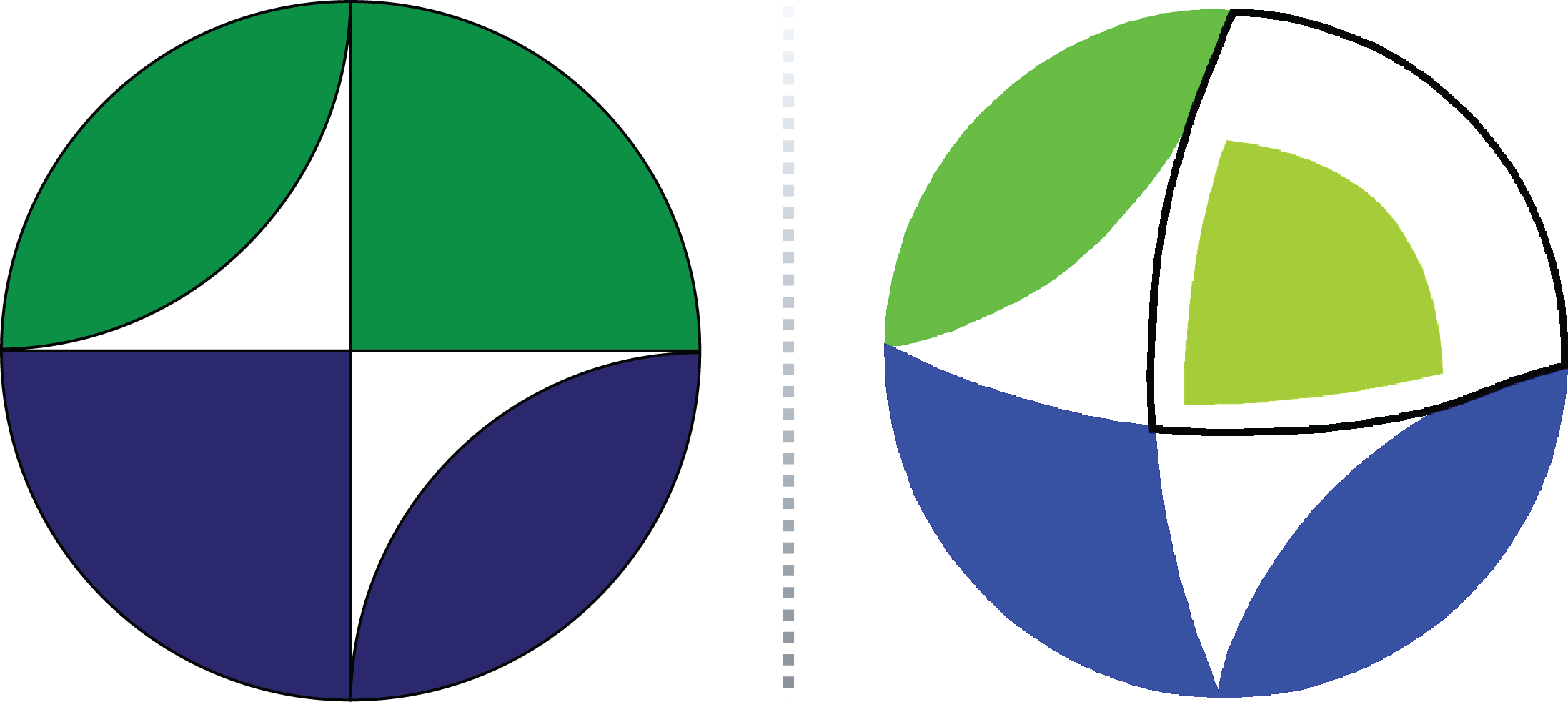IASPEI/IAVCEI Working Group on Subduction Zones Located in Developing Countries
Scope
Many developing countries are located above major subduction zones with a consequence of both seismic and volcanic hazards. Scientists in these countries need to understand the nature of the subduction process and the way in which, for example, changes in the configuration of the subducted slab affect the character of the earthquake distribution and the chemistry of volcanoes. However, such scientific studies are difficult to carry out because of the very limited infrastructure and emphasis on direct hazard.
There is a major benefit in getting Earth scientists together from a range of developing countries so that we can pool our expertise and help to create our own understanding of the problem we face, rather than being dependent on studies carried out by others. Of course, we also hope that scientists from developed countries interested in studies of subduction zones located in developing countries would also be willing to join this Working Group.
The Working Group needs to involve both seismologists and volcanologists, and is therefore jointly sponsored by IASPEI and IAVCEI.
Officers
- Chair: Raymond Maximo (U.S.A.)
- Vice-Chair: J.E. Clavero (Chile)
Reports
Website
Members
- B. Bautista (Phillipines)
- D. Hidayat (USA)
- J.M. Lindsay (Trinidad)
- D. Natawidjaja (USA)
- R.P.R. Maximo (Philippines)
Task Groups
Our goal is to encourage scientists from the developing countries in Southeast Asia, the Pacific and South America to investigate and (better) understand the Earth system beneath their countries, with the aim of providing an effective scientific basis for minimising the impact of seismic and volcanic hazards.
Our first task is to try to create improved communication links so that a Workshop on issues related to subduction in developing countries can be held as soon as possible.
